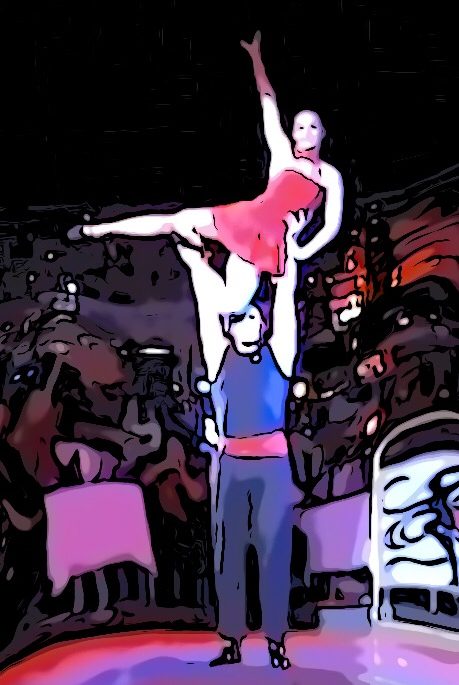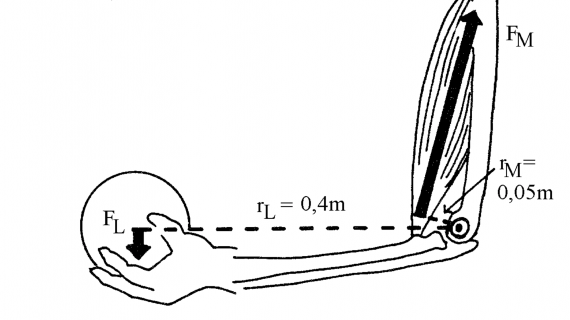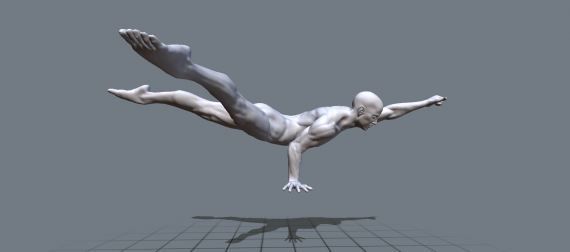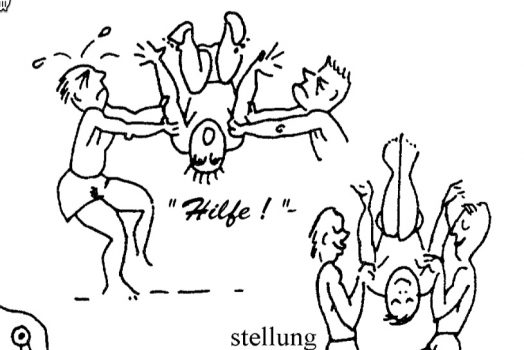When looking at biomechanics I am less concerned with the exact derivation of mechanical and biological principles, but more with the consequences for acrobatics … Mechanics: Acrobats are essentially dealing with 3 energies. Potential, kinetic and rotational energy. These energies have as common quantities: the mass and the force vector. The mass is for an acrobat a very personal given size, which is also associated with its available power (= m * a). It determines significantly whether a person should be a flyer or a base. In addition, you can’t change much the mass of a person in a short-term […]
Monthly archives: March 2018
Below are a few forms of the flyer in the handstand (HS) → to achieve the desired shape different tactics are useful. Froghandstand → pick up the weight from your feet straight HS → rolls, half wheel turn, flic, cascade or pull with force Scorpion → first straight HS, then pull your feet towards your head, at the same time close your shoulder Mexican → first straight HS, then overturn the body, at the same time cover the shoulder Crocodile in hand balances (counts to the category 1-arm!) 7 → first straight HS, then towards Mexicans and at the […]
In principle, the safety-helper (spotter) should know the trick itself, so that he recognizes the potential dangers in good time. Arrangements: First, the helper is informed, which trick to secure and what is expected of them. In principle, the helper is never directly in front of or behind the base so that no-one does stumble during a correction step. As soon as more than one correction step is necessary, the base breaks off, otherwise it forces the helper(s) to run along. A helper can not catch well, while he moves! An unintentionally rotating base also forces the helper to move. […]



